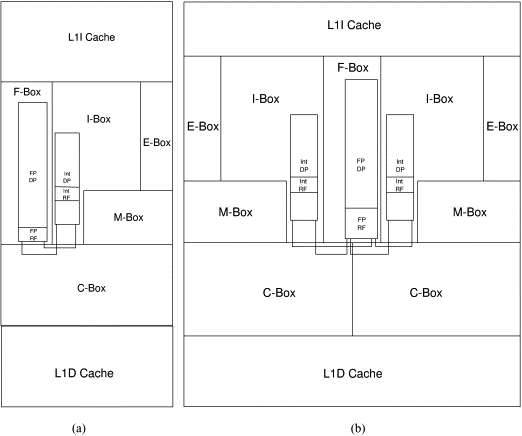https://en.wikipedia.org/wiki/NexGen says
Well, both can't be true. Which one is, though?
https://en.wikipedia.org/wiki/Advanced_Micro_Devices#High-power,_high-performance_Bulldozer_coresThe technology forms the platform architecture for all of AMD’s current microprocessors.
Bulldozer is designed from scratch, not a development of earlier processors.
Well, both can't be true. Which one is, though?
![[H]ard|Forum](/styles/hardforum/xenforo/logo_dark.png)

